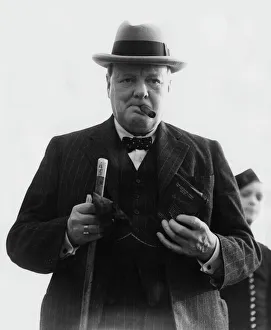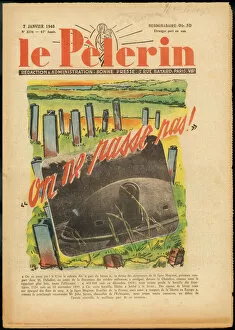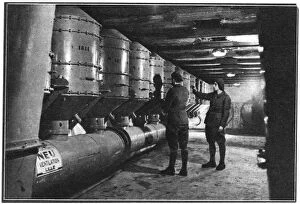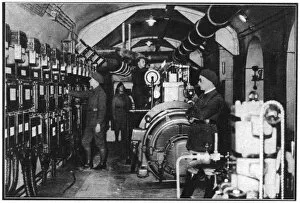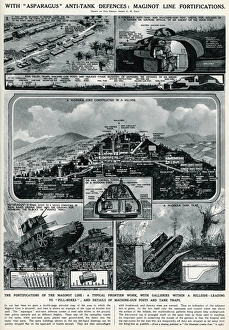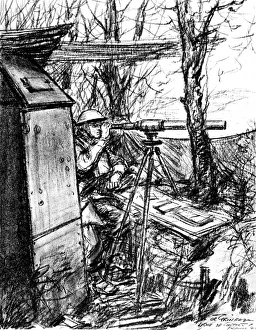Maginot Collection
"Unveiling the Maginot: A Line of Defense and French Engineering Marvel" In 1929
All Professionally Made to Order for Quick Shipping
"Unveiling the Maginot: A Line of Defense and French Engineering Marvel" In 1929, French military engineer Andre Maginot presented his ambitious plan for a formidable defensive barrier along France's eastern border. Little did he know that his name would forever be associated with one of history's most iconic fortification systems - the Maginot Line. As tensions escalated in Europe, the Maginot Line became a symbol of France's determination to protect its territory. Stretching from Switzerland to Luxembourg, this intricate network of forts and bunkers aimed to deter any potential invader. G. H. Davis captured the sheer magnitude of these defenses in his striking photographs. While some criticized it as an outdated strategy, others saw it as a necessary precaution against future conflicts. Winston Churchill himself visited Croydon Airport in 1939, where he discussed the impending war and perhaps pondered over the effectiveness of such fortifications. But despite its grandeur, even Mademoiselle From The Maginot Line couldn't deny that no defense is impenetrable. When World War II erupted, German forces simply bypassed this heavily fortified line by invading through Belgium instead - rendering years of meticulous planning seemingly futile. Nevertheless, within those concrete walls lay hidden marvels like air filters and electric light plants that showcased France's technological prowess at the time. These structures were not just military installations; they were self-sufficient communities capable of sustaining life during times of conflict. The legacy left behind by Alfred Maginot was not limited to military engineering alone; he also made significant contributions as a politician before his untimely death in 1932. His vision for national security resonated deeply with many who believed in safeguarding their homeland at all costs. Today, remnants of these once-mighty fortifications can still be found scattered across northern France - silent witnesses to an era defined by strategic planning and geopolitical tension.

